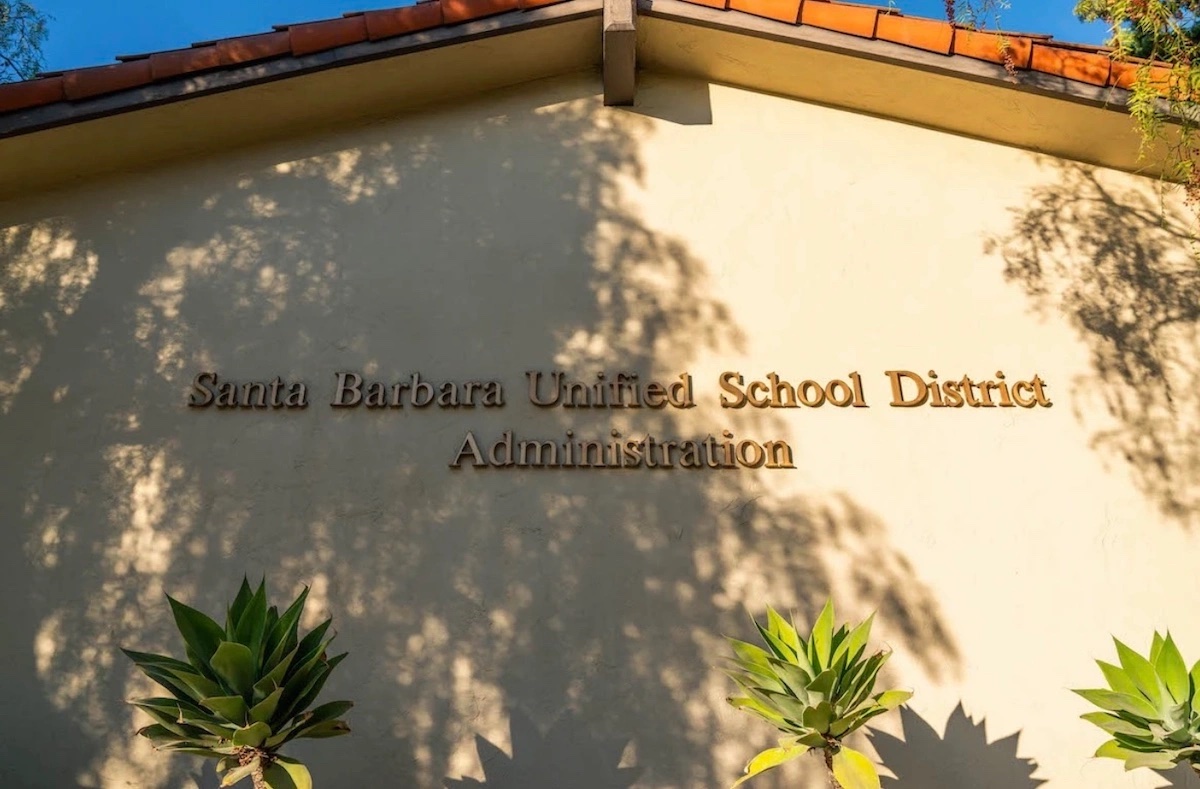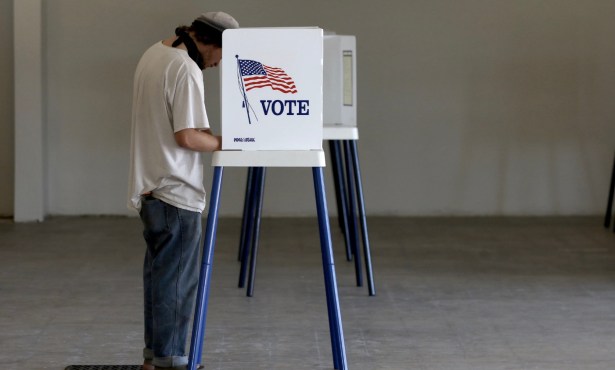Poodle | Santa Barbara District Test Scores Take Big Drop
Will School Executives Admit Mistakes and Change Teaching Methods?

READ IT IF YOU CAN: That loud, wet “plopping” sound you hear is the noise made by the proficiency test scores of Santa Barbara public school students as they plummet to the ground. In the last couple of days, state and national educational czars have dive-bombed the country with the latest report cards — after a two-year hiatus — showing how students fared during the pandemic.
In a nutshell, not well.
Duh!
If you favor the federal numbers, all gains made over the last 30 years have been utterly annihilated. If you go with the state stats, we’ve lost only eight years’ worth of educational gains.
Now, I would caution, is hardly the time to start freaking out.
It’s already way too late for that.
In school board meetings to come, we will be shouting at each other over what these numbers mean and what should be done.
For the moment, the bad news is sufficiently nuanced that it could almost be confused with “hunky dory.” Yes, in the last two years, our literacy proficiency test scores dropped six percentage points, and our math scores dropped nine percentage points district-wide.
Not good, right? Compared to the state, we can credibly con ourselves into thinking we survived the two years of forced isolation sort of okay. Our math and reading scores bottomed out at 48 and 36 percent, respectively. Statewide, the same numbers are 47 and 33 percent, respectively.
Could be worse, right?
Only if you sprinkle your Cheerios with fentanyl.
White students dropped by nine points. But they started at 79 percent and wound up at 70. By contrast, Black students started at 51 and tumbled to 27 percent; typically, when you fall that hard, someone calls an ambulance. Hispanic students went from 40 to 34. And English language learners — who went from 10 to 9 percent — were already so far off the chart, they had no place to fall. Only the Asian student cohort experienced actual gains, inching up from 74 percent to 77.
The “good” news here is that maybe we needed this really “bad” news to awaken us to an underlying reality. But what are we going to do about it other than point fingers and chase more teachers out of the profession?
Somewhere in the deepest recesses of our brains, we actually know what works. Way back when La Cumbre Junior High School was such a basket case that district officials were giving serious thought to pulling its plug, La Cumbre students were quietly outperforming their peers in other junior high schools in algebra. Making this happen was La Cumbre algebra teacher Jerry Chiu, an inspired and outspoken badass with a chip on his shoulder who taught other algebra teachers there how to teach a system he had stumbled onto. Chiu, as I recall, didn’t need no stinking White kids to elevate his test scores.
Sign Up to get Nick Welsh’s award-winning column, The Angry Poodle delivered straight to your inbox on Saturday mornings.
A couple of school administrators ago, a group of retired White executives got together to launch a program designed to equip preschoolers — low-income and Spanish-speaking — with the skills needed to learn English once they got in the classroom. To this end, they talked a couple of local philanthropies into covering the considerable cost of hiring staff and buying a mobile van equipped with computers that allowed the young children to connect with something called the Waterford Method.
That mobile van hit the streets in targeted neighborhoods like the Good Humor ice cream truck, and the computer games the targeted kids played were fun and dramatically accelerated their ability to learn to read. Graduation ceremonies were held in parks with parents and kids all dressed up for the occasions.
But no good deed goes unpunished. When it came time for the district to assume the costs — which admittedly had grown — the administrators declined. What seemed a stellar program was allowed to die an ignominiously stupid death.
What’s even more damning is that the method deployed by Santa Barbara Unified to teach reading is based on wishful thinking, good intentions, and a whole lot of shuck and jive. And there are scads of scientific and scholarly evidence to prove it.
Santa Barbara, it turns out, is just one of thousands of districts who drank an overdose of Lucy Calkins’s Kool-Aid, an instructional approach that sounds great on paper but flamboyantly fails to deliver results. The Calkins method is under attack as a sham and a fraud by reporters with the New York Times, the New Yorker, and National Public Radio, among others.
What appears to actually work is an approach that teaches young kids how to decode what might appear as random squiggles and translate those visual cues into sounds they understand. This is known as “phonemic awareness,” a pedagogical kissing cousin to the “phonics”-based approach derided as “drill-and-kill” by education gurus who successfully ran it out of town. In part by embracing a more phonics-based approach, the State of Mississippi went from being ranked 49th in literacy skills to 29th over a six-year period.
The good news is that there’s a small cadre of stubbornly determined literacy activists who will not be pigeonholed into any of the ideological warfare camps. Some try to be pleasant; some do not. They are in it for the long haul, and if you work for the district, you don’t want them in your rearview mirrors. So far, district executives are showing signs of openness. We’ll see what they actually do. The point is there’s hope.
It’s way too late for freaking out. But there’s still time to change.
Postscript: The S.B. Unified School District is hosting a Literacy Workshop — in person, no Zoom — Thursday, October 27, from 5-6:30 p.m. in the Globe Theater of Santa Barbara Junior High (721 E. Cota St.).
Support the Santa Barbara Independent through a long-term or a single contribution.



